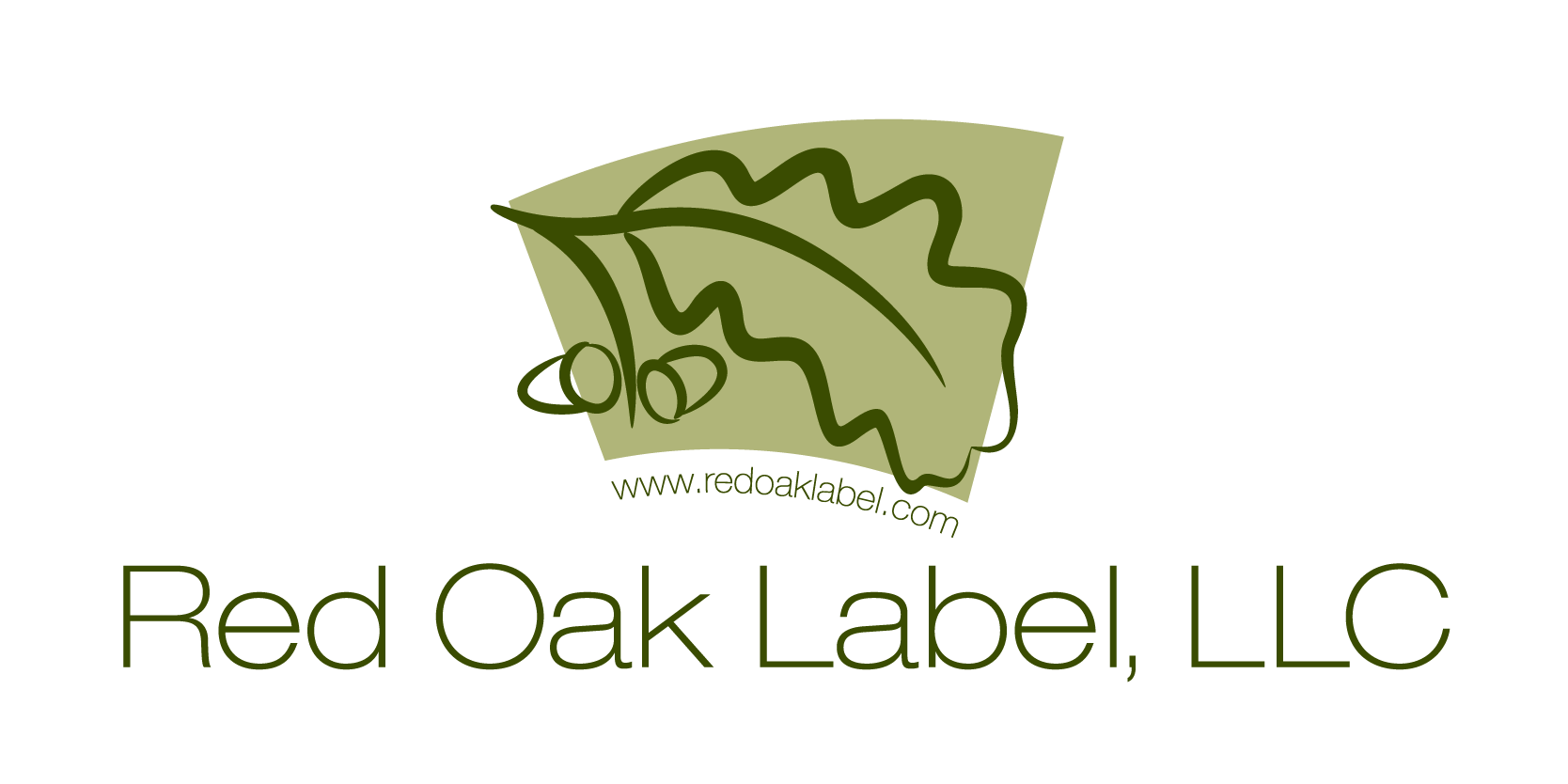If you’re in the business of distilled liquor, wine, malt beverages, or beer, getting your labels right is a crucial part of compliance. Liquor labeling requirements aren’t just about branding and marketing—they’re also about following strict legal regulations that vary by region and product type. Failing to meet these standards can lead to serious penalties, including considerable fines from the Alcohol and Tobacco Tax and Trade Bureau (TTB).
Understanding these regulations and keeping up with changes is essential for protecting your business. Here’s what you need to know about federal liquor labeling requirements, the mandatory TTB health warnings, and how to ensure your labels stay compliant.
Who Regulates Liquor Labeling in the U.S.?
Alcoholic beverage labels in the U.S. are primarily governed by two federal agencies:
- The Alcohol and Tobacco Tax and Trade Bureau (TTB) – Regulates and enforces labeling for distilled liquor, malt beverages, and wine with 7% alcohol by volume (ABV) or higher.
- The Food and Drug Administration (FDA) – Oversees labeling for wine under 7% ABV, as well as some beer products that don’t fall under TTB regulations.
Additionally, individual states may have their own requirements, so it’s critical to check regulations in every market where your product will be sold.
Key Federal Liquor Labeling Requirements
The TTB requires that specific information be included on all alcoholic beverage labels, whether for distilled liquor, wine, or malt beverages. This information must appear in the same field of vision, meaning a single side of the container where all required details can be viewed simultaneously without turning the product.
Mandatory Information for Alcohol Labels
- Brand Name – The name under which the product is marketed.
- Class or Type – The type of alcohol (e.g., whiskey, rum, vodka, beer, or wine).
- Alcohol Content – Stated as a percentage of alcohol by volume (ABV).
- Net Contents – The amount of liquid in the container.
- Health Warning Statement – Required under the Alcoholic Beverage Labeling Act (more on this below).
- Country of Origin – Required for imported products.
- State of Distillation – Mandatory for certain U.S.-made spirits like whiskey.
- TTB Approval – Every label must receive a Certificate of Label Approval (COLA) from the TTB before distribution.
In addition to the core liquor labeling requirements, the TTB mandates that certain details appear on the label under specific circumstances:
- Name and Address – The name and location of the producer, bottler, or importer.
- Neutral Spirits Disclosure – Required if the product contains neutral spirits or is made from grain, cane, or other sources.
- Coloring or Treatment with Wood – Disclosure is required if the alcohol has been treated with wood chips or additives.
- FD&C Yellow #5 Disclosure – If this color additive is used, it must be noted.
- Aspartame Disclosure – If the beverage contains aspartame, a separate statement must be included.
- Carmine or Cochineal Extract – If these colorants are used, they must be disclosed.
- Sulfite Declaration – Required if the beverage contains 10+ ppm of sulfur dioxide.
- Commodity Statement – The percentage of neutral spirits used must be listed if applicable.
- Age Statement – Required for certain spirits like whiskey and brandy.
For full details, visit the TTB’s official guidelines.
TTB Penalties: What Happens If You Don’t Comply?
The TTB takes compliance seriously, and failing to meet liquor labeling requirements can come with substantial fines. As of 2025, the TTB lists a maximum fine of $26,255 per violation, and each day that a product remains out of compliance counts as a separate offense.
In other words, an incorrect label could cost a company hundreds of thousands of dollars in fines over time. That’s why it’s crucial to get your labels right before they ever hit the market.
FDA Mandatory Health Warning
Since 1988, the FDA has required that all alcoholic beverages sold in the U.S. include a health warning statement as part of their labeling. This requirement falls under the Alcoholic Beverage Labeling Act (ABLA) and applies to all manufacturers, importers, and bottlers distributing alcoholic products in the U.S.
FDA Health Warning Statement Requirements
The FDA-mandated health warning must:
- Be conspicuously and prominently placed on the container.
- Be printed in a clear, contrasting font that is easy to read.
- Appear on all alcoholic beverage containers except those designated solely for export.
The required wording is:
“GOVERNMENT WARNING: (1) According to the Surgeon General, women should not drink alcoholic beverages during pregnancy because of the risk of birth defects. (2) Consumption of alcoholic beverages impairs your ability to drive a car or operate machinery, and may cause health problems.”
Final Thoughts: How to Ensure Your Labels Meet Compliance
Staying compliant with liquor labeling requirements is an ongoing process that requires attention to detail and regular updates. Here are some tips to help ensure your labels meet TTB and FDA regulations:
- Double-check federal requirements: Review the latest TTB and FDA guidelines before finalizing your label. Regulations can change, so always verify.
- Research state-specific rules: Many states have additional requirements for alcohol labels, including specific warnings, recycling symbols, or bottle return policies.
- Work with a knowledgeable label provider: A printing partner experienced in distilled liquor labels can help you avoid costly mistakes and ensure your labels are both compliant and high-quality.
- Submit your labels for TTB approval early: The TTB approval process (COLA) can take time. Plan ahead to avoid production or distribution delays.
- Keep records of approved labels: Maintain copies of all TTB-approved labels for reference in case of audits or legal concerns.
At Red Oak Label, we help alcohol producers create high-quality, compliant labels with quick turnaround times. Contact us or request a quote for expert label solutions that meet industry standards and stand out on the shelf!
